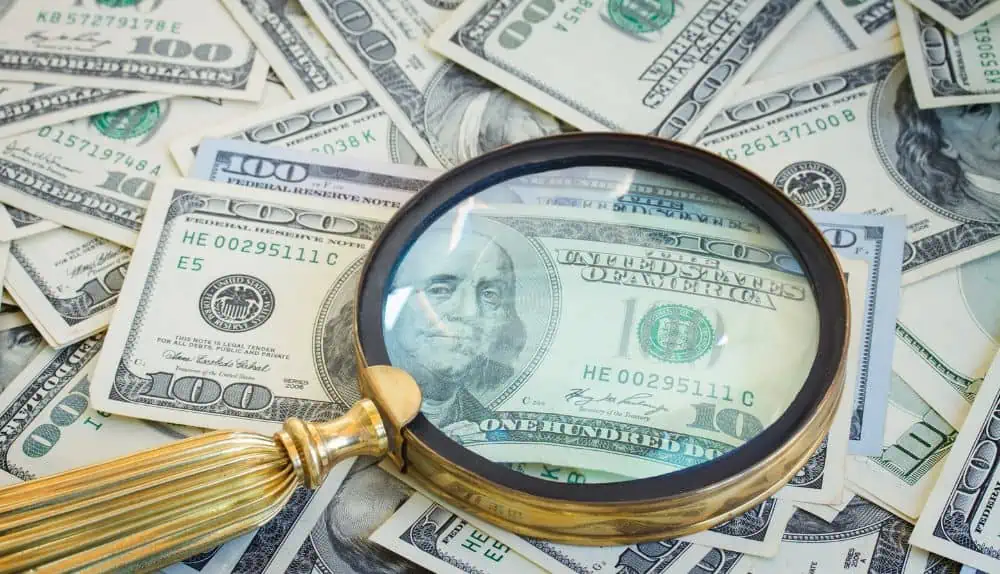Unlock Opportunities: Where to Locate copyright Money for Sale
Unlock Opportunities: Where to Locate copyright Money for Sale
Blog Article
Explore usings copyright Cash in Artistic Creations and Theatrical Performances
copyright cash, usually identified with deceptiveness and outrage, holds a peculiar allure when it discovers its way into the world of imaginative creations and staged performances. As we dig into the complex usages of copyright in these creative domain names, we start to uncover a world where authenticity and imitation blur, triggering us to question the very nature of worth and representation within art and performance.

Historic Value of Funny Money in Art
The historical significance of funny money in art is a facility and fascinating subject that sheds light on the junction of creativity, subversion, and socio-political discourse. Throughout history, musicians have actually made use of funny money as a tool for challenging social standards, examining the value of currency, and making effective statements regarding riches and power.
One of one of the most significant instances of copyright money in art days back to the Dada motion of the very early 20th century - copyright money for sale. Artists such as Marcel Duchamp and Hannah Höch integrated copyright right into their works to criticize the capitalist system and check out the principle of worth in a rapidly altering world
Furthermore, during times of financial instability or political upheaval, funny money has been used by musicians as a type of objection or disobedience. By developing and circulating phony currency, artists have actually been able to disrupt the status, difficulty authority, and prompt crucial discussions concerning the duty of cash in culture.
Influence of Imitation Money on Visual Arts
By including phony money into their works, musicians provoke discussions on the nature of worth, authenticity, and societal understandings of riches. The usage of copyright in art likewise elevates moral considerations pertaining to the limits of artistic expression and the ramifications of duplicating legal tender. Generally, the influence of phony money on visual arts is multifaceted, promoting essential reflections on the intersection of cash, art, and social values.
Significance and Meaning in Theatrical Imitation Displays
Utilizing staged fake display screens, musicians employ symbolic representations to share much deeper significances and stimulate provocative interpretations within the world of efficiency art. With the unification of funny money in staged manufacturings, makers can discover themes such as greed, power, corruption, and the illusion of wealth. The usage of copyright on phase can work as an allegory for social concerns, economic differences, and the fragility of financial systems.
In staged performances, the symbolic value of funny money extends beyond its monetary well worth. It can symbolize the deceptive nature of appearances, the quest of materialistic desires, and the repercussions of unethical behavior. By making use of copyright money as a prop, musicians can challenge audiences to question real significance of wide range and the moral limits that individuals might cross in its search.
Ethical Factors To Consider in operation Phony Money for Art

One major honest factor to consider is the possible lawful effects of making use of copyright in art. Counterfeiting currency find this is illegal in most countries and can bring about major effects for musicians who purposefully incorporate copyright expenses right into their work. copyright money for sale. This not just places the artist in danger however likewise questions regarding advertising illegal tasks with art
Furthermore, there is a moral issue pertaining to the credibility of the art work itself. Utilizing phony cash obscures the line between reality and replica, possibly deceiving audiences and endangering the honesty of the imaginative piece. Artists need to think about whether the usage of imitation money lines up with their worths and artistic intents, evaluating the potential effect on their reputation and integrity.
Future Fads in Imitation Cash Integration
Considering the progressing landscape of creative expression, the consolidation of copyright cash in innovative works may witness a change towards intriguing and innovative avenues. As artists continue to push limits and discover new tools, phony money can increasingly be used to challenge societal norms, examine the worth of currency, or make effective statements concerning riches and consumerism.
One future fad in copyright money integration can be its usage in immersive art installations where target markets are urged to engage with the pieces, obscuring the lines in between fact and impression. Furthermore, improvements in technology might lead to the creation of hyper-realistic copyright money that is virtually identical from real money, opening possibilities for also more thorough and intricate art work.
Furthermore, partnerships in between musicians and counterfeiters could cause distinct items that integrate traditional creative techniques with the craftsmanship of developing funny money. Honest considerations surrounding the legitimacy and morality of utilizing phony money in art will proceed to be a factor of opinion as these future patterns address unfold.
Final Thought
In conclusion, usings imitation money in imaginative productions and theatrical efficiencies have a lengthy background and continue to give ideas for artists. From its historical relevance to its influence on visual arts and meaning in theatrical displays, funny money plays a special duty in the art globe. Nevertheless, moral considerations need to be thought about when making use of copyright money for innovative objectives. The combination of funny money in art is likely to continue developing in the future.
On the whole, the influence of phony money on aesthetic arts is diverse, boosting crucial representations on the intersection of cash, art, and societal values.

In verdict, the usages of copyright money in theatrical efficiencies and artistic creations have a long history and continue to be a resource of ideas for artists. Moral factors to consider need to be taken into account when making use of phony cash for innovative objectives. The assimilation of copyright money in art is likely to proceed progressing in the future.
Report this page